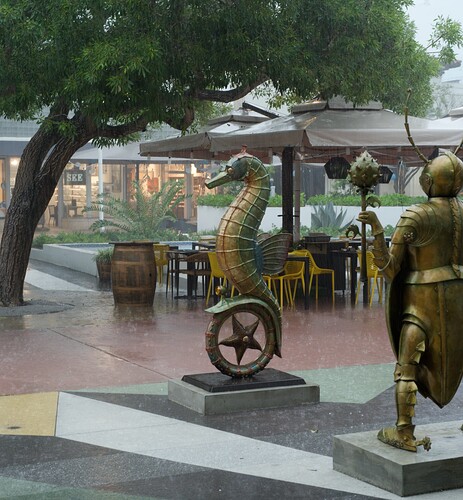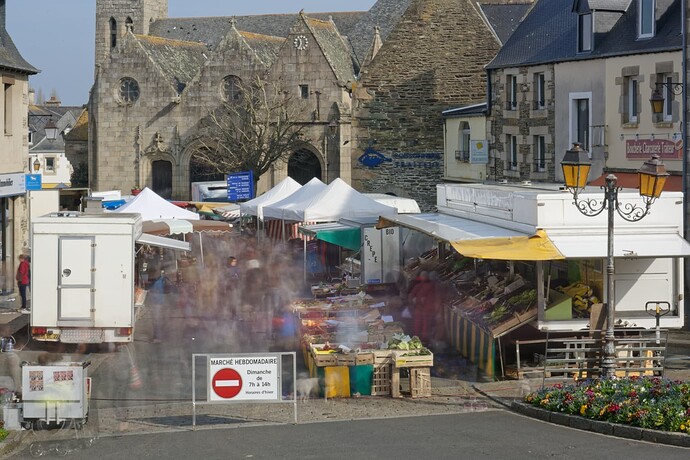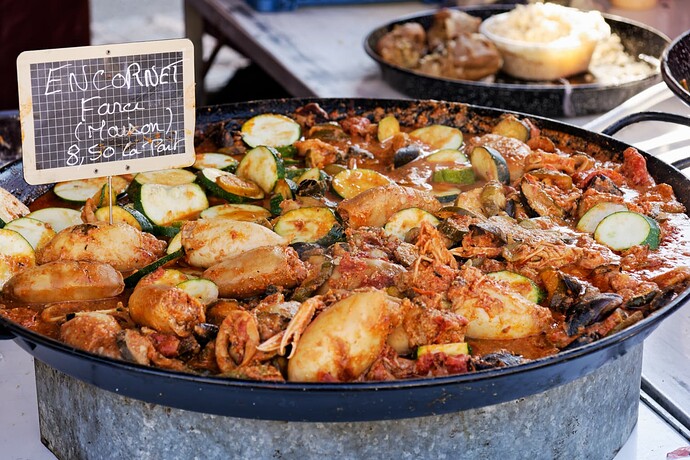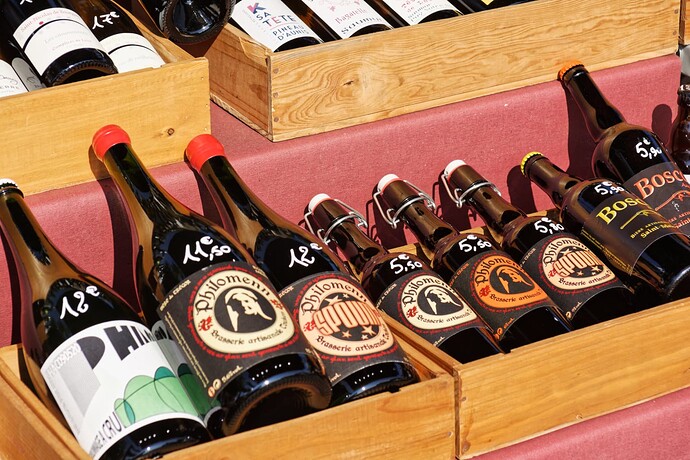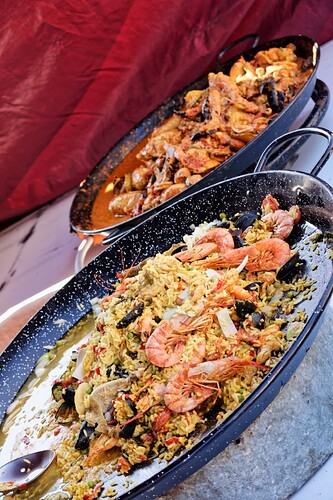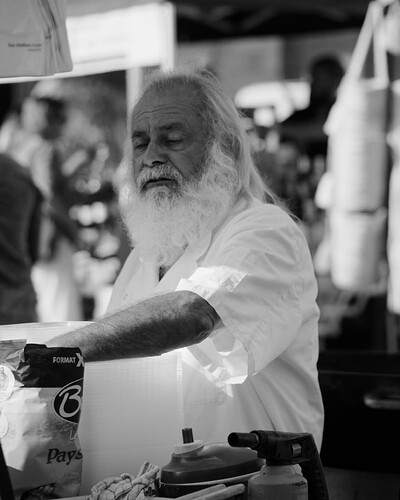This is good read. A lot packed in for composing landscape photos. I agree with her.
But you missed the entire point of her article.
Meaning: What a Photo is ‘About’
Those deeper levels of appreciation ultimately involve interpretation, the process of deciding what an image is about, which involves more than just recognizing a subject within it. Contrary to what the term “subject” implies, a main compositional element is not necessarily the source of a photo’s meaning. Meaning emerges out of the organizing principle that governs an image as a whole, not merely from any single feature within it. In other words, what a landscape photograph’s various features collectively suggest is ultimately what the photo is ‘about’. If a photo depicts a rainbow over a dried lakebed with arcing mud cracks in it, the photo is not simply about one of those two features or the details within them; the echo of the rainbow’s form in the mud cracks indicates a relationship between the rainbow and the lakebed, and therein lies the potential for identifying meaning, however anyone wants to interpret it.
And…
What they need is to hold the interest of the viewer, and that is most likely to happen when an image conveys a sense of intention. An ordering principle such as hierarchy can get a viewer past the point of looking for purpose and onto deeper levels of appreciation. The age-old term “subject” has earned its place in so many discussions of composition because it attempts to identify what is probably the most common method of creating order. Clearly the term has its shortcomings, but the ideas behind it are relevant for many photographs and are worth salvaging. I hope that reformulating those ideas through the connected concepts above may help more photographers to appreciate the value in the ideas and may help to prevent misunderstandings.
And…
As with any compositional decisions, the time for conscious analysis of these concepts may not be while you’re out in the field, rushing to catch some spectacular light. An instructor once said to me when I was in art school, “Creativity is a messy place.” We don’t always arrive at our best ideas by thinking methodically about them, and compelling compositions don’t always result from stopping to ponder the full implications of our decisions. Nonetheless, analysis is extremely valuable when selecting images for editing and when tricky compositional situations present themselves in the field; if creative instincts alone are not quite bringing about that ‘Aha Moment’, a bit of analysis can help to point the way forward. Also, thinking about composition helps us to internalize ideas about it and to draw upon them later subconsciously.
Notice how all the elements in her photos combine to form a unified whole to support the “primary point of interest” (her term, not mine). These various elements are each purposely in the image, not randomly placed, or “just because they were just there”. That is composition 101 and the “organizing principle that governs an image as a whole”.
Read her article again and see how she describes each photo. Her first image is called "Pearly Gates. The sunburst is reaching out to the flowers like Michelangelo’s Creation of Adam, with the mountain partially obscuring the sun in an ethereal way as if it is the “gate”. For her, this mountain is the primary point of interest drawing viewers into her photo “world” to a shared experience. And, the conceptual “meaning” is used as the title.
Restating from her article…
Contrary to what the term “subject” implies, a main compositional element is not necessarily the source of a photo’s meaning.
So, going forward, let’s use her term “primary point of interest”, or PPOI, to refer to the physical element in the photo instead. A photo could be “about” a physical PPOI; but can also be “about” a concept with the physical elements as representative actors (mountain = pearly gate).
IPTC also defined “subject” as what the photo is “about”; AND they included many conceptual terms such as “race relations” “education”, “car racing” and NASCAR in their controlled vocabulary for Subject. When you used IPTC metadata for racing did you only include the car number, and driver in the “subject” field? Or did you include the event, car racing, and other hierarchical terms as per the guidelines?
So, based on her guidance in this article, landscape photos need to draw the viewer in with a PPOI, and supporting elements to be effective. This PPOI may include a group of interacting objects if they have a visual relationship to one another that conveys “meaning”. She also talks about the “organizing principle” of the photo elements together which show what the photo is “about”.
Back to your rainy day photo…
Your rain photo does not show a clear PPOI as several elements have similar focus and dominance of the scene; nor does the collection of objects in the image show any identifiable relationship or other “organizing principle” to convey “meaning” as a grouped PPOI. Hence, there is nothing to draw the viewer into the scene, discern “meaning”, or otherwise identify what the photo is “about”.
What comes across to this viewer is a perhaps the random emptiness of the place - no people or activity, just a deserted place. Just guessing, but perhaps that emptiness or loneliness is what the photo is “about”. Perhaps your intended PPOI is the empty “negative space” between the statues and other elements in the photo.
In your hydrant photo, the “meaning” of “character” showed through with your PPOI and we were able to work towards that “meaning” and what the photo was “about”.
So, what do you want this rainy day photo to “communicate”? What is it’s “meaning”? What is the photo “about”? Defined broadly, what is your “subject”?

